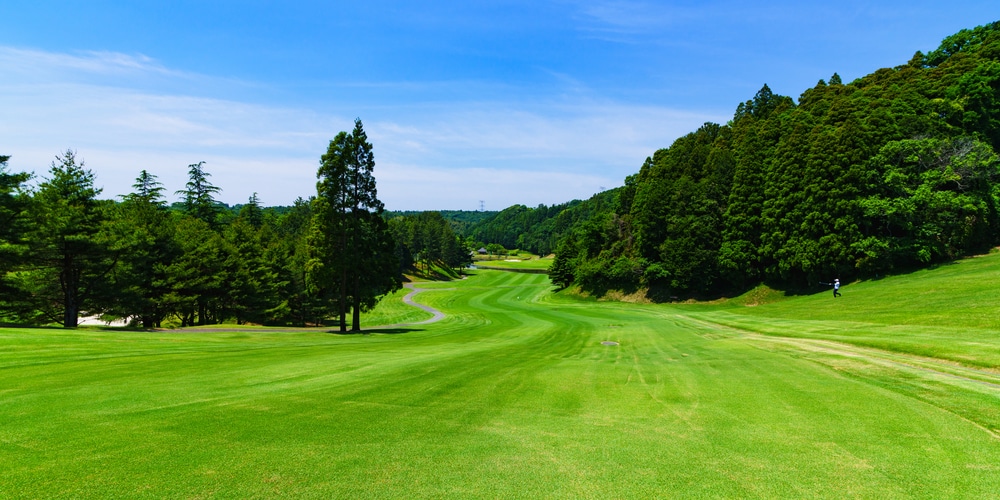There are many misconceptions regarding planting Bermuda Grass in the fall. Some people assume that if they plant it in the fall, their lawn will get a head start on establishing itself before going dormant for the winter. This is not true!
Bermuda grass should never be planted in the fall as it’s warm-season grass. The best time to plant Bermuda Grass is early spring, March through to May. Planting Bermuda Grass in the fall will result in low germination rates. It’s likely that the grass seed will not establish until the following spring.
You may end up with a thin, patchy, or brown looking lawn if you plant Bermuda grass seeds in the fall. This article will answer the question, ‘can you plant Bermuda grass in the fall?’ We’ll tell you how and when to plant Bermuda grass seeds for the best results.
When can I plant Bermuda grass?
Bermuda grass is a warm-season grass that should be planted in the spring or summer. Its growing season is from early March through to September. During the winter, Bermuda grass will become dormant. If you plant your grass seeds in the fall it won’t have time to grow before the weather gets cold. The seeds will not germinate in cool soil temperatures.
Bermuda grass seed should never be planted later than mid-June, as this can reduce the overall health of your lawn. In most places, late May is the latest that you should plant Bermuda grass. Much sooner is recommended, though, to maximize establishment before September when morning lows drop below sixty-five degrees again. It’s best to plant Bermuda grass seeds at least 90 days before the first frost is expected in your region.
Bermuda grass seed planted in the fall will have very low germination rates and result in a lawn full of weeds or poor turfgrass density. The soil needs to be warm for Bermuda grass to germinate. This usually occurs when soil temperatures reach approximately 70 degrees F.
The best thing to do is plant the seeds in early spring, when soil temperatures are between 60 and 70 degrees F and plenty of sun exposure. Generally, May works great for most regions of the country with warmer climates like Florida, seeing late March planting dates work well too.
If you live in the northern states and want to plant a lawn in the fall, you’ll need to use a cool season grass such as Ryegrass. This variety of grass grows well throughout the fall and winter and can cope with cold climates.
Conclusion
In most places, it’s not a good idea to plant Bermuda grass in the fall as soil temperature needs to remain high enough for germination through the winter months. If you plant in the fall the seeds will likely sit in the ground until spring, when they will germinate as the weather improves. This could result in a thin, patch lawn. Your lawn will end up healthier with higher density if you plant in the spring.
